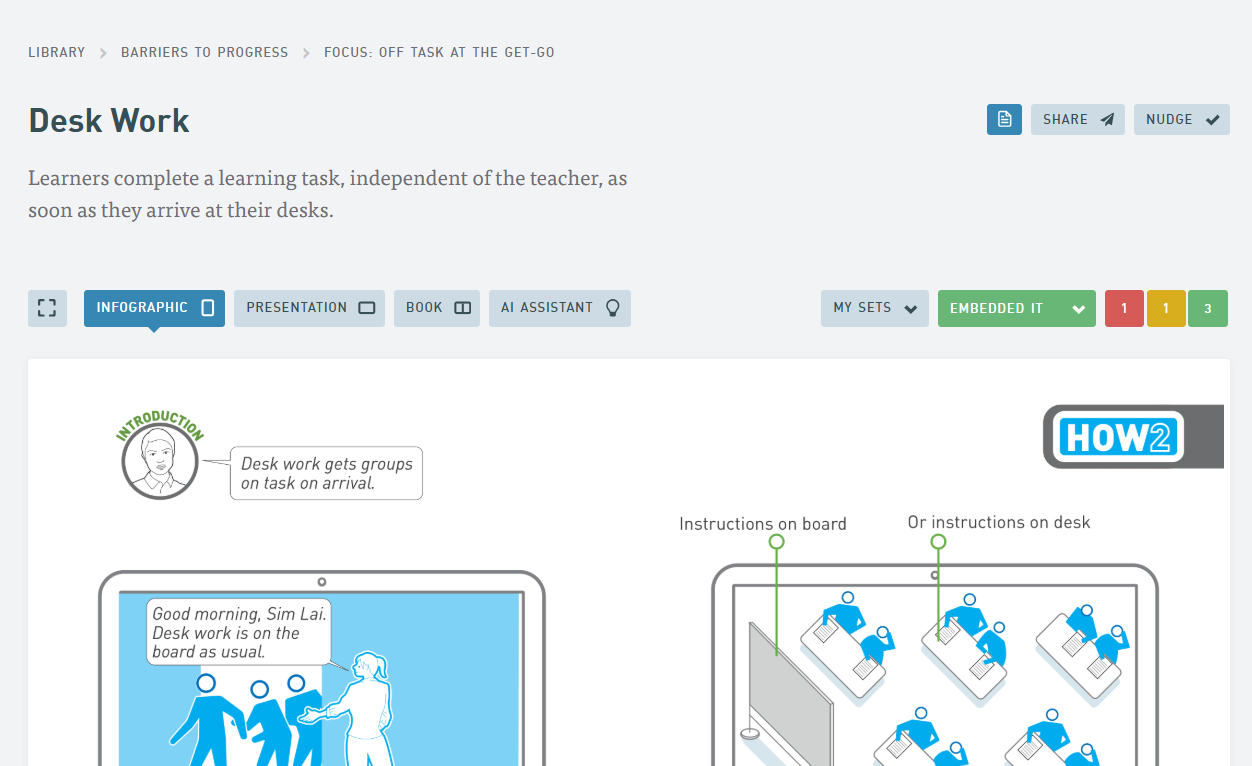From Corridor to Concentration: Getting Students into Routines at the Start of the Year
By Damian Rollinson Small, Director of Partnerships, HOW2

The start of a new academic year brings anticipation and uncertainty. New groups of students, unfamiliar classrooms, and shifting expectations can quickly feel overwhelming for both teachers and learners.
That’s why the first weeks matter so much. Establishing clear routines early doesn’t just smooth the day-to-day running of lessons — it creates the stable conditions where learning can flourish. When students know what to expect, teachers spend less time managing and more time teaching.
On the HOW2 Platform, routines form one of our standard Collections. Techniques like Entry Routines and Desk Work are practical, step-by-step ways to create structured beginnings and predictable working patterns. They foster preparedness, focus, and recall — laying the groundwork for strong study habits and effective knowledge retrieval.
From First Minutes to First Habits
The opening moments of a lesson do a lot of heavy lifting. A consistent Entry Routine moves learners from corridor to concentration quickly. Expectations are visible, repeated, and automatic — so learning starts straight away, every time.

Working Well at the Desk
Once students are in, Desk Work routines make the basics — materials out, task started, attention sustained — predictable. Teachers give fewer low-level reminders and spend more time guiding thinking. Students build independence and take ownership of their work.

Make Thinking Routine, Too
Routines aren’t only behavioural. Interleaving develops memory and understanding by mixing practice across topics instead of blocking it. It feels more effortful — and that’s the point. Building this habit early strengthens retrieval and builds resilient learners.

Close with Purpose
How lessons end matters. An Exit Routine provides structure for consolidation and reflection — whether that’s a quick prompt, a short summary, or a written response. Over time, students come to expect a complete learning arc: begin well, work well, finish well

Check Understanding — Little and Often
Assessment should sit inside the routine, not outside it. Low-stakes checks like 100 Words (summarise a concept in exactly 100 words) show what’s been retained and how securely it’s understood. Used regularly, these checks normalise feedback and make next-step teaching obvious.







